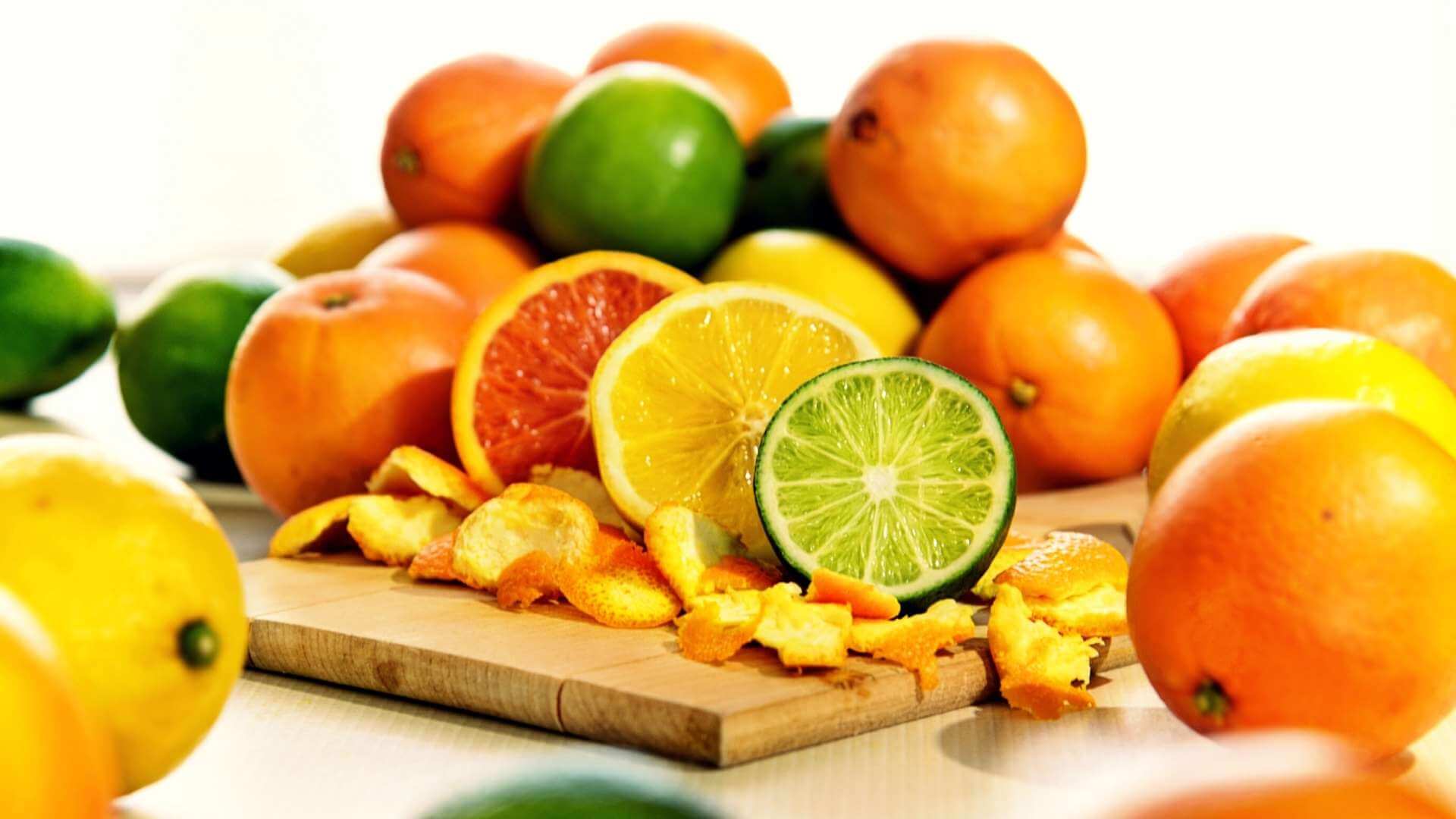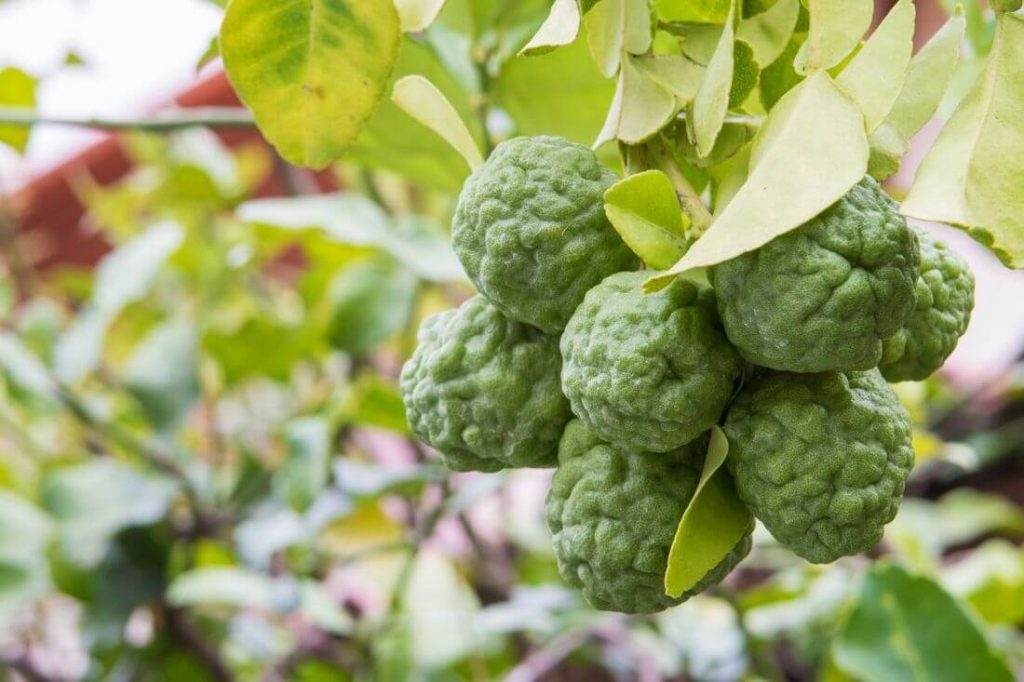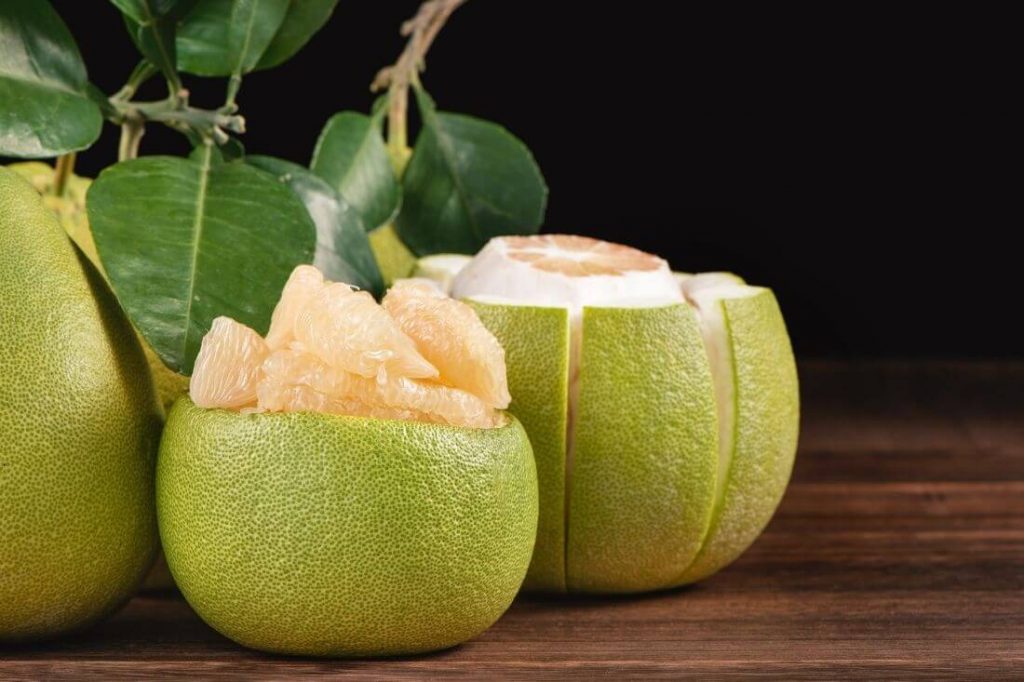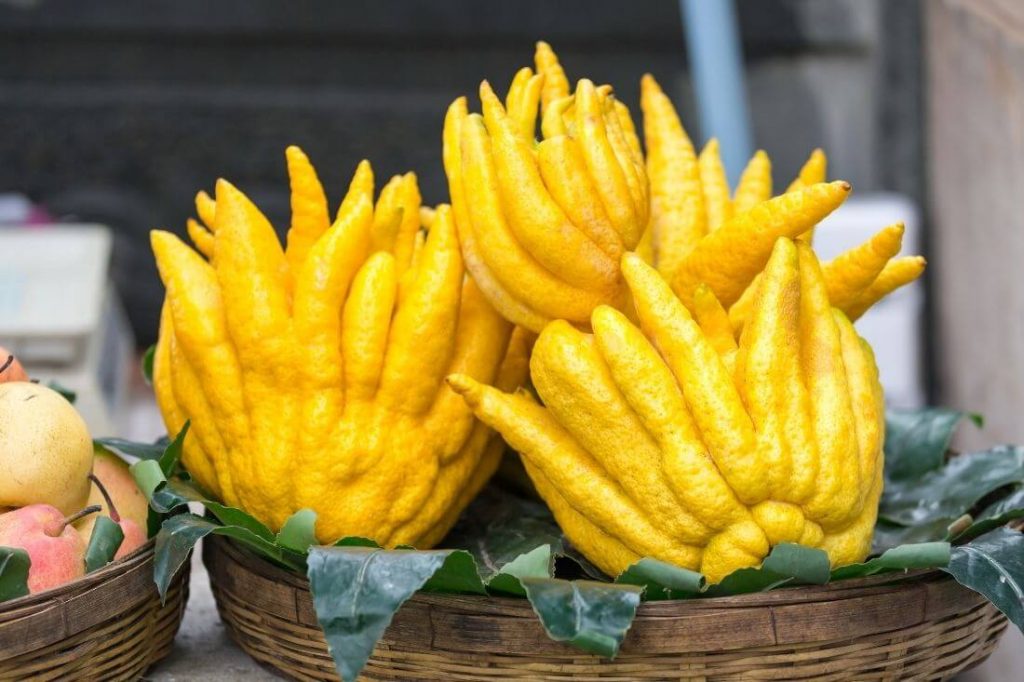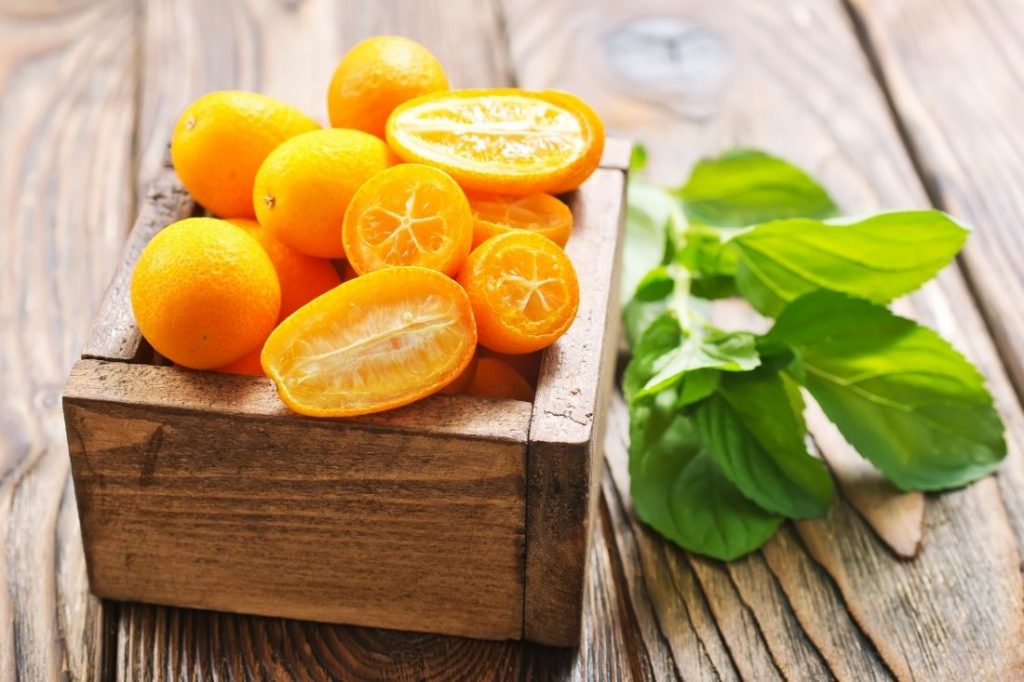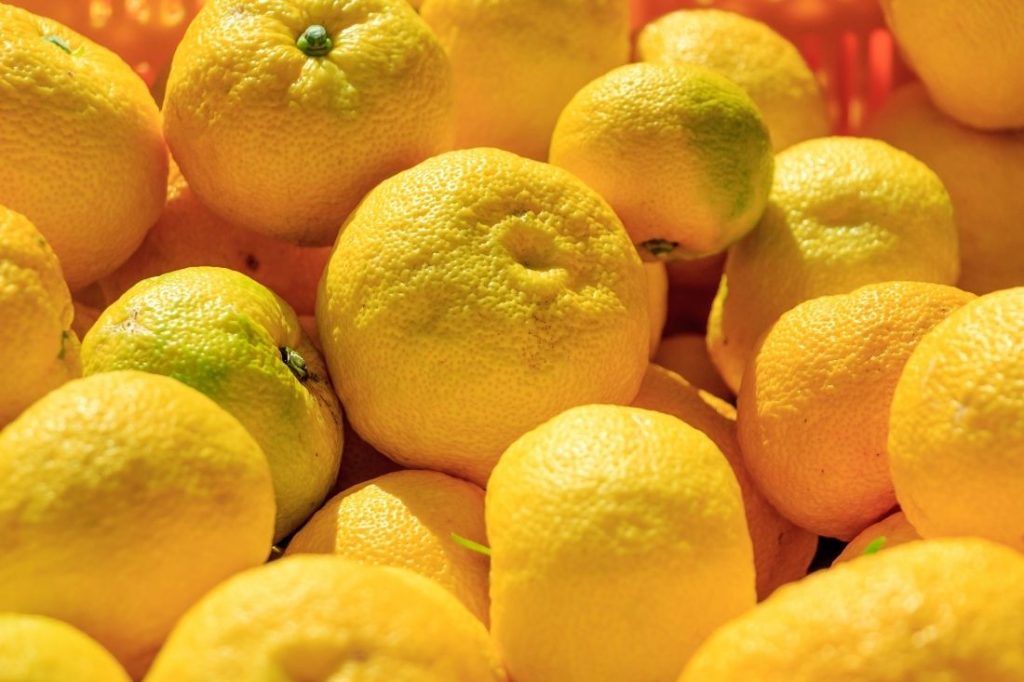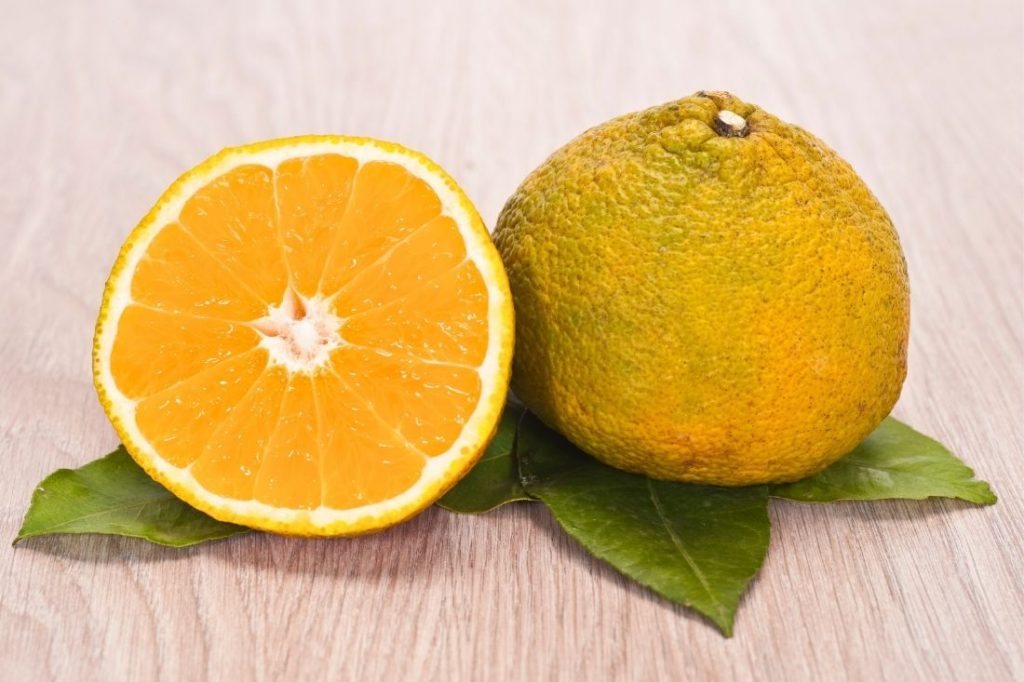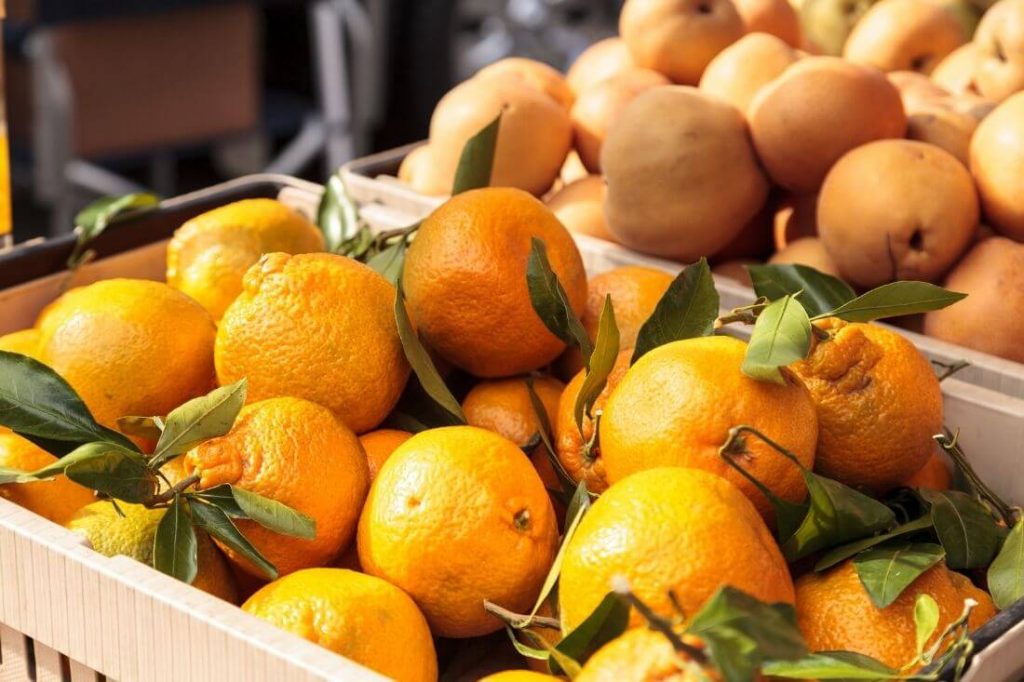8 Types of Citrus Fruits and How to Use Them Best
It’s the citrus fruit season! But how many of these seasonal delicacies have made it on your restaurant’s menu?
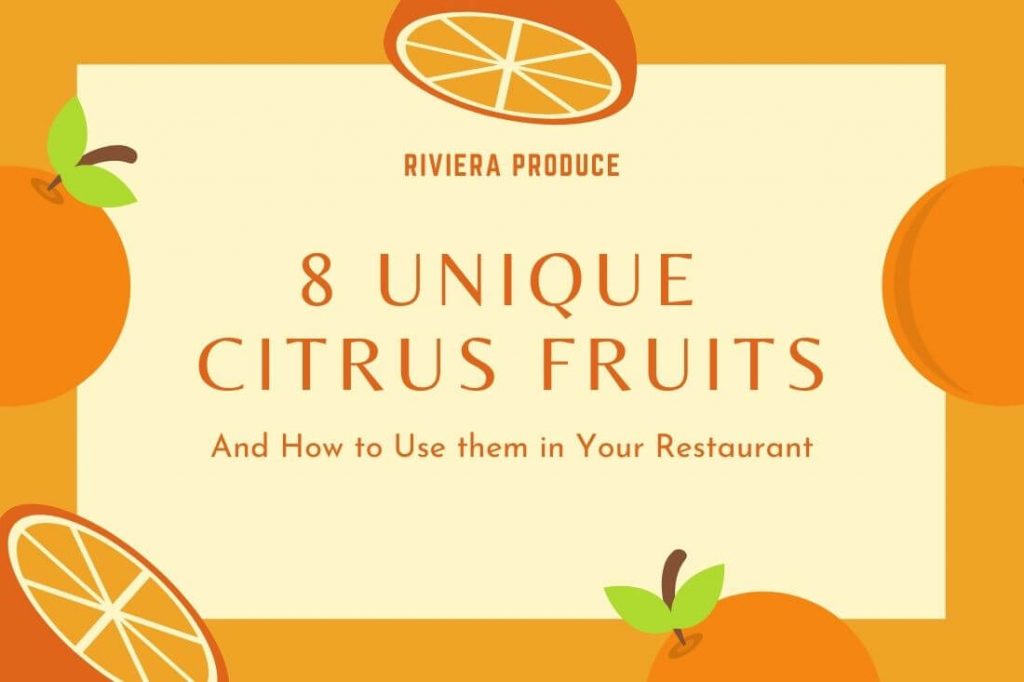
Citrus fruits: we tend to think of the usual lemons, oranges, and grapefruits. But citruses come in all sizes, shapes, and — most importantly — taste profiles. We’re talking about a cornucopia of flavors that may take years to explore in-depth! And there are many ways you can add these little pods of yummy zestiness into your cookbook.
This time, we’ll look at eight unique types of citrus fruits and how you can harness their awesomeness in your own kitchen or restaurant!
Tangelo
The tangelo is a hybrid, evergreen tree obtained by crossing a Mandarin orange or grapefruit and a tangerine. Fun fact, tangelos may also result from a pomelo and tangerine cross. Tangelos were first harvested around Florida and California, eventually spreading to many tropical countries.
The fruit is oval-shaped, with a protruding nub at the top — much like a little hat. Its skin is glossy with a dark, reddish-orange pigment, while the flesh is orange and juicy. Their loose skin makes tangelos surprisingly easy to peel (yay to that!). The meat is generally sweet, with slight differences depending on the exact variety. The typical sweetness and juiciness of tangelos make them perfect for raw consumption. However, this delicious citrus fruit may be incorporated into exquisite drinks, marmalades, cakes, and other baked goods!
Kaffir Lime
The Kaffir lime is a small, deep-green citrus fruit with a rough, thick rind that resembles a brain’s texture (a bit odd, but hear us out). Kaffirs are evergreen shrubs native to some parts of Southeast Asia. Its flesh is light green, while the juice is rather sour.
The Kaffir lime is best used for its zest. And the Kaffir lime’s sour juice is an excellent flavoring for ice creams, chicken dishes, and various Asian soups and stir-fries. Kaffir lime leaves are also quite handy in the kitchen. This hourglass-shaped leaf is quite aromatic with a light zesty/spicy flavor — think bay leaf, but better. The leaves are very popular in Thai, Indonesian and Cambodian dishes and are usually used to lift spicy tom yum curries and soups. The Kaffir rind also contains an aromatic oil great for flavoring rum and liqueurs.
Pomelos
You’ll also hear it called shaddock, Chinese grapefruit, Jabong, and pummelo. This round-shaped natural (non-hybrid) fruit has been cultivated in China and other parts of Southeast Asia for millennia. Your typical pomelo weighs about 2 pounds and contains a sweet pink or red flesh with a slightly bitter-sour aftertaste. The flesh is hidden deep within a thick white pith that’s more than an inch thick.
Pomelo flesh can be eaten raw. Just make sure you avoid the thick membrane that separates the segment since it’s pretty bitter. On the other hand, pomelos are also great in salads, sorbets, and seafood dishes. Be wary when adding heat, though, as doing so can increase the pomelo’s specific bitterness.
Buddha’s Hand
The Buddha’s Hand fruit might be the weirdest-looking citrus you’ll ever see. It looks like a lemon gone wild, with yellow chili peppers glued together at the top — but it’s by no means a mutant. Its intense yellow hue and more-than-unique shape make it a brilliant addition to any fruit basket and a great conversation starter! It also emits a light ‘perfumy’ fragrance, making for a great air freshener.
Besides its aesthetic value, Buddha’s Hand is a great culinary companion. Its flesh can be paired with steamy seafood dishes or tofu. The aromatic pith can be cut into cubes or strips and made into delicious candied citrus peels. Also, delicately sliced Buddha’s hands are also used to make citrus-infused syrup or vodka.
Kumquat
The kumquat is the sweet baby sister of the citrus family. It’s shiny, yellow, and olive-sized, perhaps the most under-looked of all citrus fruits! And that’s a real pity because kumquats are delicious, prep-friendly, and entirely edible.
Petite but packed full of sweet-tart juiciness, they’re well-suited for numerous raw and cooked applications. Not only can you eat the whole fruit, but its skin is also sweeter than the flesh itself — which has a tartier flavor. Kumquats are wonderful candied, preserved, or made into yummy marmalade. It’s excellent for cooking because its skin gets softer as you heat it. These cute, sweet, and savory fruits can also be made into syrups or used as stuffing for poultry and various fatty meats.
Yuzu
The yuzu fruit is, as its name suggests, of Japanese descent. It looks like a lemon crossed with a mandarin orange and has a yellow hue with a sour, acidic taste. Although fresh yuzu is very rare in the U.S., you can find preserved yuzu fruit or yuzu juice in select stores. This scarcity makes the yuzu fruit a start of the citrus family.
The yuzu fruit is excellent in pie dressings, sauces, and even drinks. In addition, its rind can be used as a fragrant and delicious garnish to traditional Japanese dishes. The Yuzu fruit also pairs well with several seafood delicacies or can serve as a nice companion to marinades, jellies, and meringues.
Ugli Fruit
The native Jamaican ugli fruit is as ugly as its name indicates. Rumored to be a grapefruit-tangerine hybrid, it’s been (sadly) named so for its wrinkled, pinched, greenish-yellow rind that wraps loosely around its citrusy flesh. However, this means that the ugli fruit is quite easy to peel and eat! It also has few seeds, it’s very juicy, and boasts a lovely grapefruit-mandarin flavor.
All of this makes the ugli fruit your ideal citrus for savory-sweet dishes. The ugli fruit can be made into marmalade and syrups, baked into cookies and cakes, or used to garnish salads. In fact, you may prepare it any way you would with a typical grapefruit!
Satsuma Mandarines
If this sensational citrus variety isn’t on your winter menu yet, what are you waiting for? Satsuma oranges are a variety of mandarin oranges closely related to tangerines. They are sweet, juicy, seedless, and easier to peel than any other citrus fruit! They’re especially great for raw snacking or in recipes that call for their delightful juice—like salad dressing or cocktails.
Where to Buy Wholesale Citrus Fruit in Bulk
Now that you’ve enriched your citrus cookbook with some new and wonderful ideas, it’s time to experiment! And although some of these citrus fruits are quite rare on the market, you can almost always substitute your preferred citrus for a similar-tasting one. At Riviera Produce, we carry an impressive range of citrus fruits for your best salads, cakes, soups, and syrups!
You can order any of the following citrus varieties on our website and have them delivered directly to your restaurant:
- Kumquats (10 lb)
- Key Limes (10 lb)
- Satsuma Mandarins (20 lb)
- Blood Oranges (18 lb)
- Tangerines (100 CT)
Got any other citrus fruits you love in your restaurant? Don’t hesitate to let us know!
